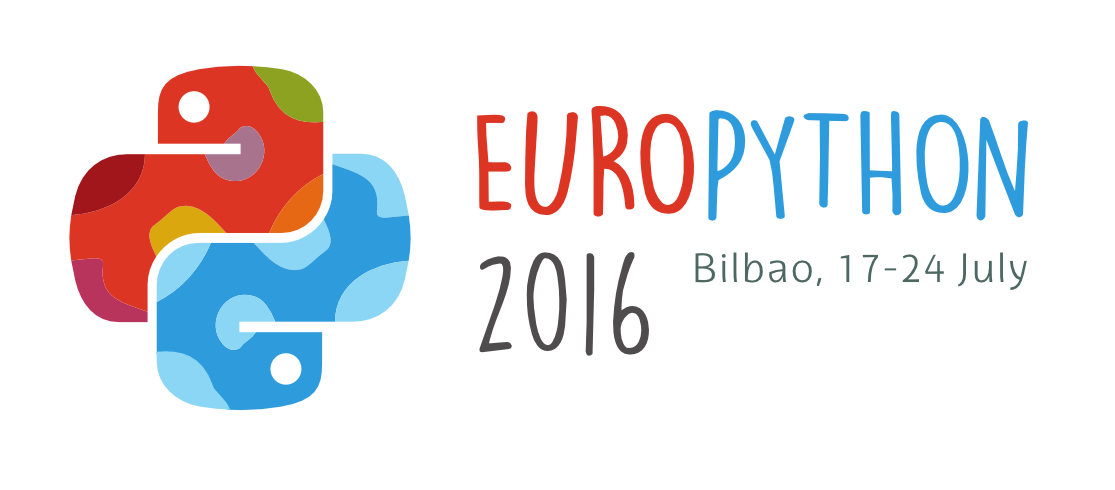Scientist meets web dev: how Python became the language of data
Python started as a scripting language, but now it is the new trend everywhere and in particular for data science, the latest rage of computing. It didn’t get there by chance: tools and concepts built by nerdy scientists and geek sysadmins provide foundations for what is said to be the sexiest job: data scientist.
In my talk I’ll give a personal perspective, historical and technical, on the progress of the scientific Python ecosystem, from numerical physics to data mining. What made Python suitable for science; How could scipy grow to challenge commercial giants such as Matlab; Why the cultural gap between scientific Python and the broader Python community turned out to be a gold mine; How scikit-learn was born, what technical decisions enabled it to grow; And last but not least, how we are addressing a wider and wider public, lowering the bar and empowering people.
The talk will discuss low-level technical aspects, such as how the Python world makes it easy to move large chunks of number across code. It will touch upon current exciting developments in scikit-learn and joblib. But it will also talk about softer topics, such as project dynamics or documentation, as software’s success is determined by people.
